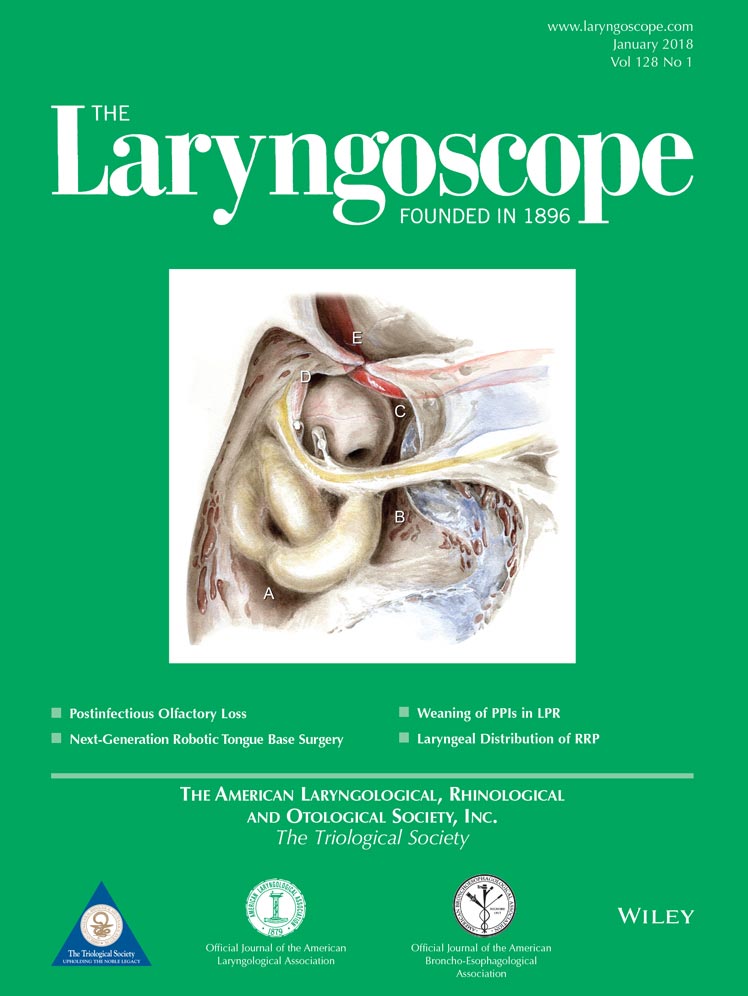Role of fungi in chronic rhinosinusitis through ITS sequencing
This study was supported by the Garnett Passe and Rodney Williams Memorial Foundation (conjoint grant to p-j.w. and s.v.). The funders had no role in study design, data collection and analysis, decision to publish, or preparation of the article. p-j.w. receives royalties from Medtronic ENT, Scopis, and Integra, and is a consultant for NeilMed. a.j.p. is a consultant for Aerin Devices and ENT technologies and is on the speakers' bureau for Smith and Nephew. These are not relevant to this study. The authors have no other funding, financial relationships, or conflicts of interest to disclose.
Abstract
Objective
Next-generation sequencing increases the sensitivity of fungal identification and may improve our understanding of the role that fungi play in sinus health and disease, which remains incompletely understood. We sequenced the internal transcribed spacer (ITS) amplicon to explore the role of the mycobiome in chronic rhinosinusitis (CRS).
Methods
Swabs were collected intraoperatively from the middle meatus of 90 patients (63 with CRS; 27 controls). DNA was extracted, and ITS amplicon concentration was measured using fluorometry. Internal transcribed spacer amplicons were sequenced on the Illumina MiSeq (Illumina Inc San Diego CA). Sequencing data were analyzed using QIIME.
Results
Using conventional detection techniques of culture and histology, fungi only were identified in nine of 63 (14.3%) CRS patients (fungus-identified group); the remaining 54 CRS patients and all controls did not have fungus identified using the traditional techniques. This fungus-identified group had a significantly higher average ITS concentration and a significantly lower Shannon's diversity index compared to the other two groups. The most abundant organism sequenced was Aspergillus (35.22% of all sequences). Multivariate analysis showed that positive fungal detection using traditional techniques and computed tomography (CT) double densities were the most important clinical predictors of a high fungal biomass, whereas Lund-Mackay score, polyps, eosinophilia, and eosinophilic mucus were not significant in comparison.
Conclusion
Fungal biomass estimated through ITS amplicon concentration correlated with traditional fungal detection techniques and CT double densities. Our results suggest that fungal dysbiosis only occurs in the sinuses of a selected subset of patients, and therefore could not be a universal determinant of sinus disease pathogenesis in all CRS patients.
Level of Evidence
NA. Laryngoscope, 128:16–22, 2018




